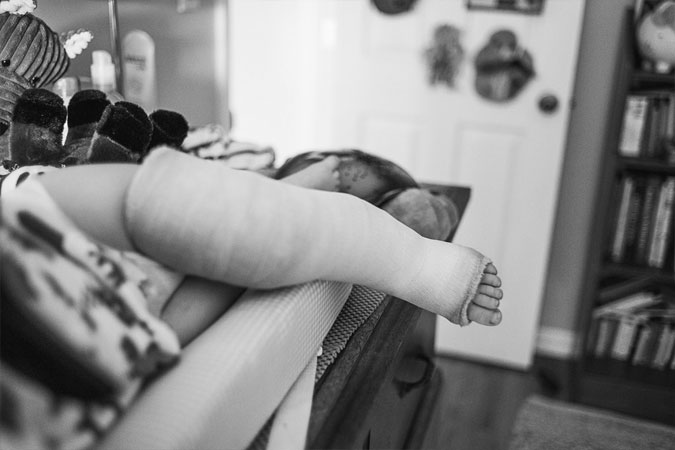Epiphyseal Fractures: Unraveling Pediatric Bone Injuries and their Implications
This article delves into the nature and implications of epiphyseal fractures, injuries occurring at the growth plates of bones during stages of intense skeletal development. It outlines the causes behind these fractures and their potential consequences, including growth plate compression and asymmetrical bone growth. The piece discusses the necessity of careful and immediate treatment, emphasizing the importance of fracture reduction in ensuring normal bone growth. The article concludes by highlighting how a deeper understanding of these pediatric bone injuries contributes to more effective treatments and healthier growth outcomes.

Epiphyseal Fractures
The human skeleton undergoes significant transformations during the growth years, with specific phases of intense growth activity usually occurring around ages 7 to 10 and again during puberty. These periods of growth are often associated with increased cellular activity around the growth plates located between the head and shaft of a bone. Unfortunately, this increased activity can also render the growth plates more susceptible to injuries, including epiphyseal fractures. This article will delve into the nature of these unique pediatric bone injuries, their potential consequences, and the importance of timely and appropriate treatment.
Understanding Epiphyseal Fractures
Epiphyseal fractures refer to injuries that occur at or across the growth plate of a bone. The growth plate, also known as the epiphyseal plate, is a layer of cartilage located near the ends of the long bones in children and adolescents. It is where new bone cells are produced, enabling bones to grow in length.
The increased cellular activity around these areas during growth spurts makes them particularly vulnerable to injury. Such injuries can happen due to various reasons, including falls, sports injuries, or trauma, leading to dislocation or fracture through the growth plate.
Implications of Epiphyseal Fractures
The implications of epiphyseal fractures can be significant and far-reaching. Sometimes, an injury may result in growth plate compression, which can destroy that region of the growth plate. This destruction could potentially lead to asymmetrical growth across that joint region, resulting in limbs that are unequal in length or deformed growth. Such complications can impair mobility and function, necessitating further medical intervention.
Treating Epiphyseal Fractures
Given their potential to interfere with normal bone growth, all fractures across the growth plate must be treated with care and expediency. The primary aim of treatment is to ensure that the fractured bone ends and the growth plate are properly aligned to facilitate normal growth. This often involves fracture reduction, a process wherein the broken bone is put back into place.
Depending on the severity of the fracture, treatment may involve non-surgical methods such as immobilization with a cast or splint, or may require surgical intervention to realign the bone and secure it in place using screws, pins, or plates. Following treatment, regular follow-ups are crucial to monitor the healing process and ensure that growth is proceeding normally.
Conclusion
Epiphyseal fractures underscore the delicate nature of the growing skeletal system in children and adolescents. These injuries can have significant implications for normal bone growth and development, necessitating prompt and appropriate medical intervention. As our understanding of these unique pediatric bone injuries deepens, so does our ability to provide more effective treatments, minimizing the potential for long-term complications and ensuring a healthy skeletal future for our young population.











